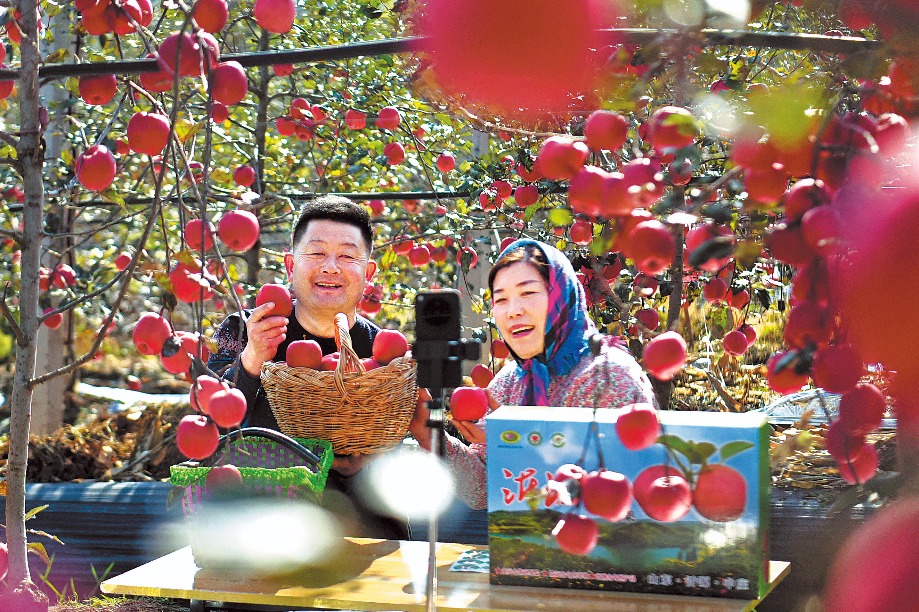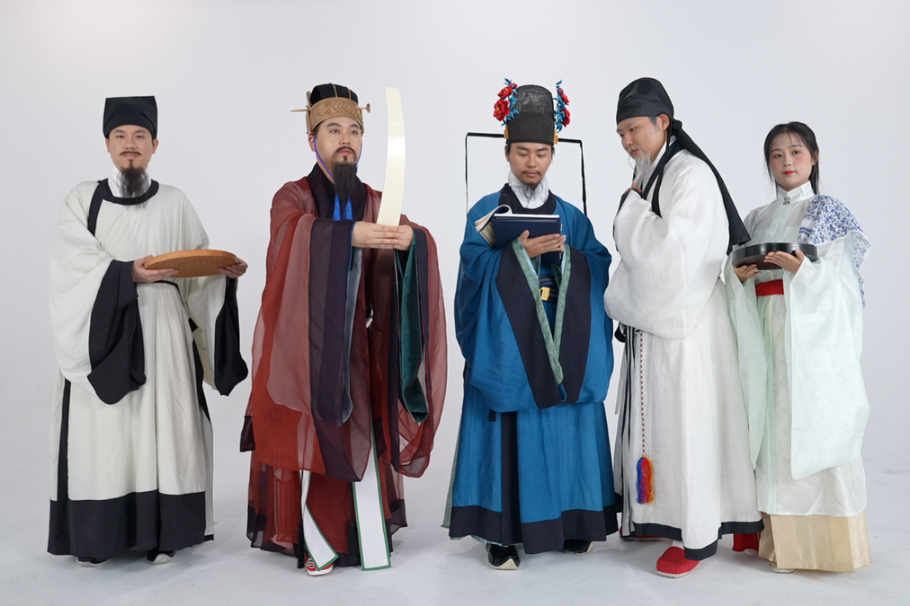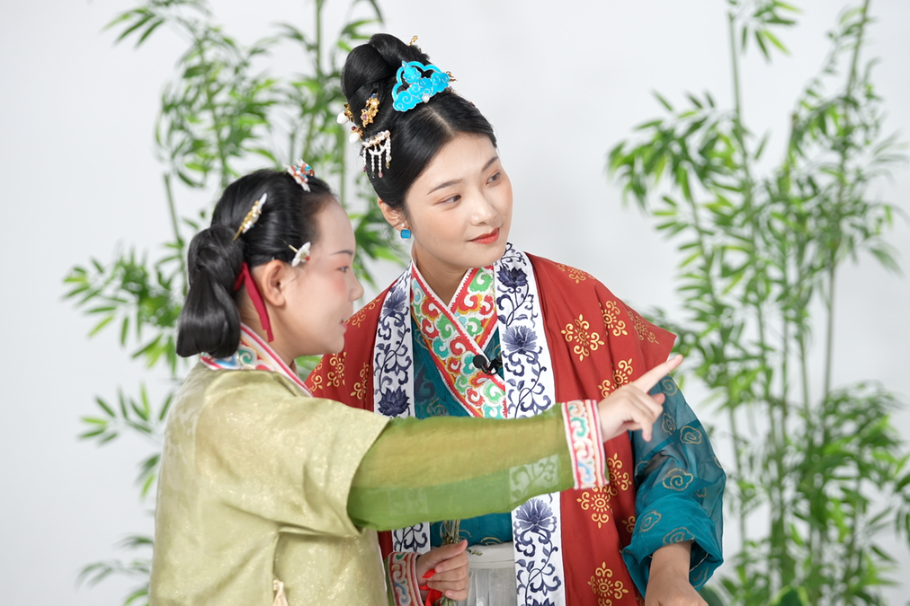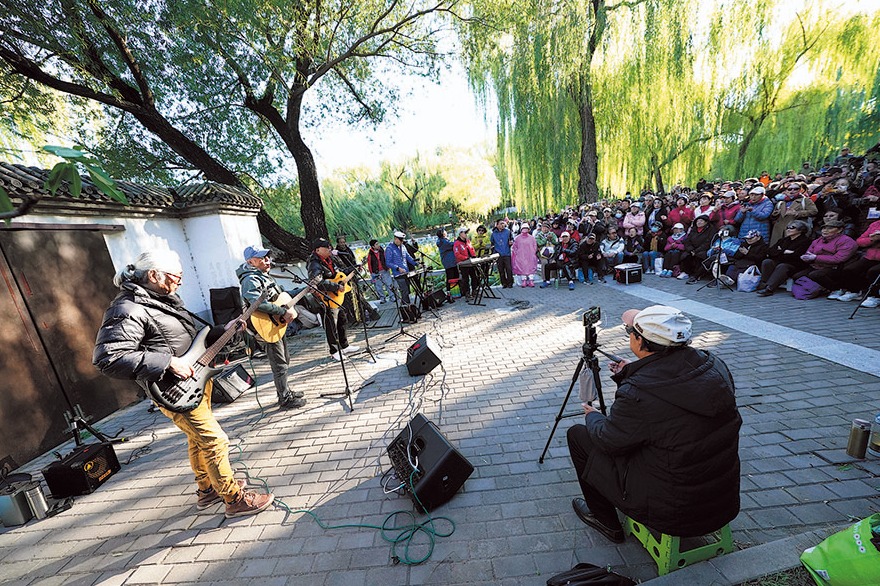Kung pao chicken and the art of patience


It is an eatery that tries to preserve dishes from old State banquets under the guidance of Wei Jinting, in his 80s, who still visits the restaurant once or twice a week to impart traditional cooking skills and recipes to novice chefs including his son-in-law Wu Zhen.
"We see an increasing loss of tradition in the food we eat today," Wu says. "Some of the old cooking skills are dying out."
Whenever Wei talks about this, he looks sad, Wu says.
"So my wife and I were motivated to open our own restaurant, and the initial thought was to show filial piety."
Wu used to be a designer and an amateur chef.
Kung pao chicken is given the nostalgic treatment at Zen, something that may overturn what you expect in this dish.
Sweet-and-sour, spicy, gloopy - none of these descriptions applies to the dish here.
In Wu's way, the burning sensation of the red chilies is removed, and the chilies turn a crispy texture, and display a brownish red color and are easily edible.
"A mild charred-and-spicy flavor with just a smidgen of a fruity litchi taste is what we do for kung pao chicken," Wu says.
"We use the whole sanhuang chicken (a small bird breed with brown feathers). Then we debone the whole chicken and dice the meat."
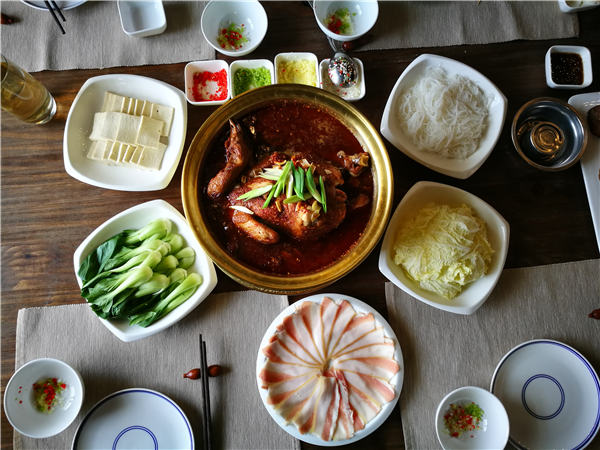
To get rid of a gooey sauce while maintaining super tender chunks of meat, Wu says, a critical cooking skill is ran zhi, which means to toss the entire contents of a wok into the air and let it all fall into the wok while catching flames inside the receptacle.
"It must be cooked fast enough, within 35 to 40 seconds, once the chicken is added. Only in this way can we develop the flavors while simultaneously retaining a crisp, fresh crunch of chilies and juicy meat."
This quick-cooking skill requires sophistication.
"It's hard to manage the time and the strength of flames, and achieve a good wok-hay flavor," Wu says.
"Some diners complain that we tone down the spiciness too much. But we still stick to the traditional way of cooking this dish as it was enjoyed at the State banquets in the 60s and 70s.
"Some have a deep love for what we do, and some dislike it. We don't cater to all customers. If people crave for the very spicy type of Sichuan food, we may not be the right place."
For me the kung pao chicken at Wu's place is luscious.
In these stressful times, Wu's eatery tries to offer an ambience of tranquillity and relaxation, and harmony with a Zen-like interior in natural wood colors and soft tone, giving it an atmosphere that is anything but swanky.
Pork tripe stuffed with meat is cooked by primitive, complicated methods that involve filling the tripe with prepared soup stock, lean meat, peas and water chestnuts, steaming, and cooling down to serve as a cold dish.



















